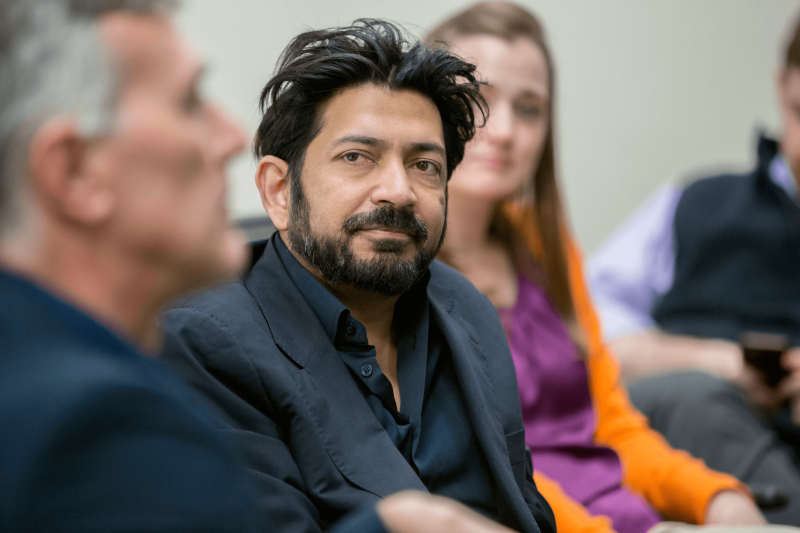Technologies like CRISPR gene editing, synthetic biology, bionics integrated with AI, and cloning will create “new humans,” says Dr. Siddhartha Mukherjee.
On GZERO World, Ian Bremmer sits down with the cancer physician and biologist to discuss some of the recent groundbreaking developments in medical technology that are helping to improve the human condition. Mukherjee points to four tools that have sped up our understanding of how the human body works: gene editing with CRISPR, AI-powered prosthetics, cloning, and synthetic biology. Gene editing with CRISPR allows humans to make precise alterations in the genome and synthetic biology means you can create a genome similar to writing a computer code.
“That technology is groundbreaking, and it really shook our worlds because I hadn’t expected it,” Mukherjee says.































